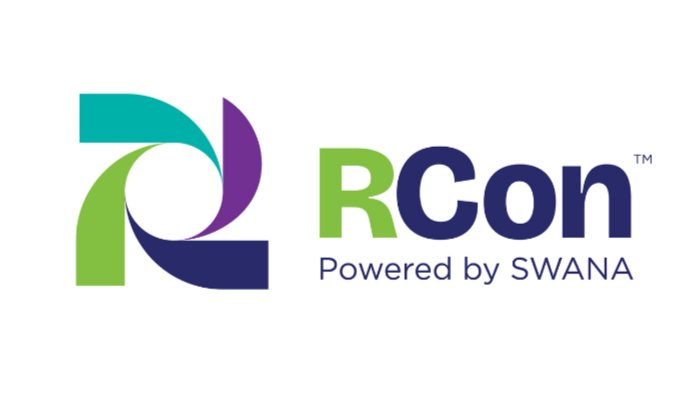EPA releases the National Strategy to Prevent Plastic Pollution, the latest publication in the Building a Circular Economy series
SWANA s upports the strategy roadmap to reducing plastic waste and enhances recycling efforts

The U.S. Environmental Protection Agency (EPA) has released its National Strategy to Prevent Plastic Pollution, which outlines a roadmap to reduce plastic waste in the environment. This publication is part of the EPA's series on building a circular economy for all.
"SWANA congratulates the EPA on this publication," says Amy Lestition Burke executive director and CEO of SWANA. "As a US Plastics Pact Activator and an Implementation Partner of the Canada Plastics Pact, SWANA is committed to preventing plastic pollution and supports the intent of the strategy. SWANA members play key roles in many of the strategy's objectives and goals."
The announcement comes shortly after America Recycles Day and just before the start of the fifth session of the United Nations Intergovernmental Negotiating Committee (INC-5), which aims to develop a legally binding international treaty on plastic pollution. SWANA participated in INC-4 earlier this year, highlighting the key role of the waste and resource recovery industry in achieving the treaty's goals, which will be discussed for the last time during the INC-5.
"We are pleased to see the publication of this important strategy in advance of the INC-5. Global cooperation is important to the success of decreasing plastic pollution," continues Lestition Burke.
The strategy is organized into six objectives:
- Objective A: Reduce Pollution from Plastic Production;
- Objective B: Innovate Material and Product Design;
- Objective C: Decrease Waste Generation;
- Objective D: Improve Waste Management;
- Objective E: Improve Capture and Removal of Plastic Pollution and
- Objective F: Minimize Loadings and Impacts to Waterways and the Ocean.
Each of these objectives will support the reduction of plastic pollution. SWANA is encouraging the EPA to utilize the knowledge of the individuals and organizations working in these areas to leverage best practices and new ideas.
The innovation in product design and labeling (Objective B) should be informed by the organizations that manage recycling programs. SWANA is working to strengthen communication between the designers of packaging and products and those working to recycle these materials.
SWANA members enable the success of Decreasing Waste Generation (Objective C), Improving Waste Management (Objective D), and Improving the Capture and Removal of Plastic Pollution (Objective E). The organizations that manage recycling education, recycling collections, and material recovery facilities (MRFs) are well-positioned to improve public understanding, improve waste management, and remove plastics from the environment.
"Ongoing grant opportunities and other financial mechanisms will be key to expanding reuse and recycling systems into the future by enabling communities to implement needed infrastructure and programs," says Kristyn Oldendorf, senior director of public policy and communications at SWANA.
The strategy also discusses programs funded by the Solid Waste Infrastructure for Recycling Grant Program (SWIFR) and the Consumer Recycling Education and Outreach Grant Program (REO), which have supported nearly 200 projects, with more on the way. The second round of grant applications is now open. SWANA is encouraging the EPA and Congress to consider additional funding mechanisms to support communities in implementing the strategy. SWIFR funding is scheduled to end in Fiscal Year 2026.
"SWANA will work to support the implementation of the strategy and serve as a resource," Oldendorf added.




